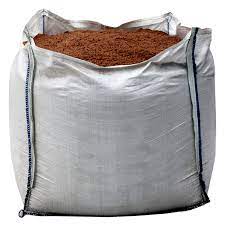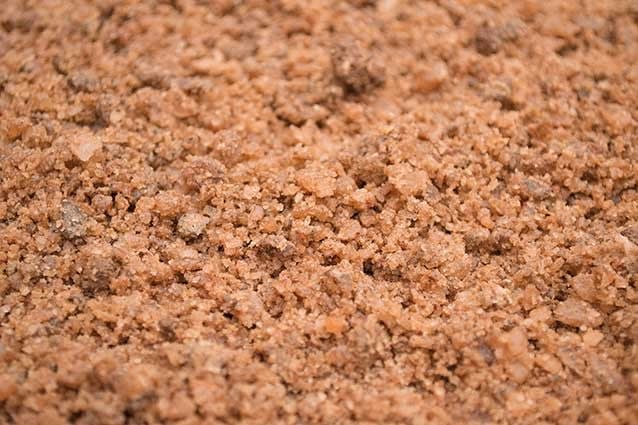Salt & Grit
(2 Products)Salt and grit are essential for ensuring safety during the winter months. They are used to prevent and reduce ice formation on various surfaces, making them safer for pedestrians and vehicles.
Salt, primarily sodium chloride, lowers the freezing point of water. When spread on ice or snow, it melts the ice by forming a saline solution. This solution has a lower freezing point than pure water, thus melting the ice and preventing further ice formation.
What Is Grit Salt?
Grit salt, commonly known as de-icing salt, is a type of salt used to melt ice and snow on roads, driveways, and other surfaces.
It typically comes in various forms, including rock salt, white rock salt, and brown rock salt. These salts are spread over icy surfaces to lower the freezing point of water, effectively melting ice and snow.
Grit salt is crucial in maintaining safety and accessibility during cold weather.
Where Is Grit Salt Used?
- Roads: To ensure safe driving conditions.
- Car Parks: To prevent accidents and falls.
- Driveways: For ease of access to homes and businesses.
- Paths: To avoid slippery surfaces for pedestrians.
- Business Premises: For customer and employee safety.
- Concrete Areas: To reduce ice buildup.
- Wet Surfaces: To prevent freezing and slipperiness.
Grit Salt Benefits
- Melt Ice: Quickly melts ice and snow.
- Prevent Icy Conditions: Reduces the formation of ice.
- Safety: Enhances safety on roads and walkways.
- Cost-Effective: Provides great value in bulk bags.
- Versatile: Suitable for various surfaces like driveways and car parks.
- Ease of Use: Can be easily spread over large areas.
- Environmental Impact: Sodium chloride from sea water minimises environmental damage.
Frequently Asked Salt & Grit Questions
How Does Rock Salt Work?
Rock salt lowers the freezing point of water, melting ice upon contact.
Where Can I Use Brown Rock Salt?
Brown road salt can be used on roads, car parks, and driveways.
Is White De-Icing Salt Better?
White de-icing salt is cleaner and leaves less residue, ideal for business premises.
That being said, brown rock salt is typically less expensive than white de-icing salt. This makes it a more economical choice, especially for large-scale applications like city streets and highways.
Furthermore, brown rock salt often contains impurities such as clay and grit, which can provide additional traction on icy surfaces. These impurities can help the salt to work more effectively at lower temperatures by creating a more abrasive surface that helps break up ice.
How Should I Store Gritting Salt?
Store gritting salt in a dry place to prevent it from clumping.
Can Grit Salt Be Brought Inside?
Yes, ensure to clean footwear to avoid salt being brought inside.
Why Is It Important To Use Grit Salt In Winter?
Grit salt prevents ice formation, reducing the risk of slips and accidents.
How Much Salt Should I Spread?
The quantity depends on the area size and ice thickness. Refer to usage guidelines.
Can I Use Salt On Concrete Paths?
Yes, but ensure the salt is spread evenly to avoid damage to the concrete.


